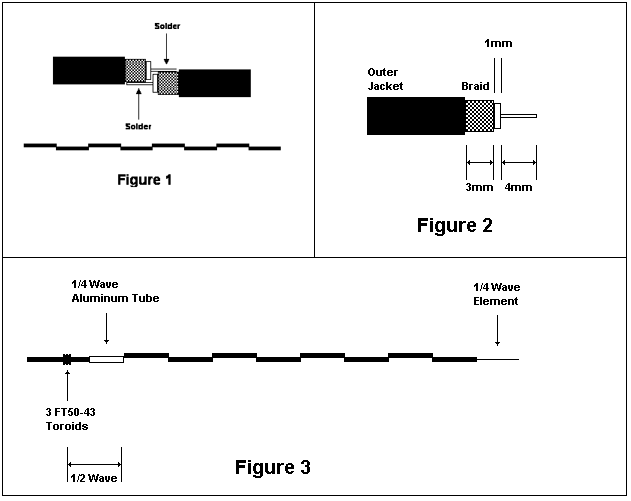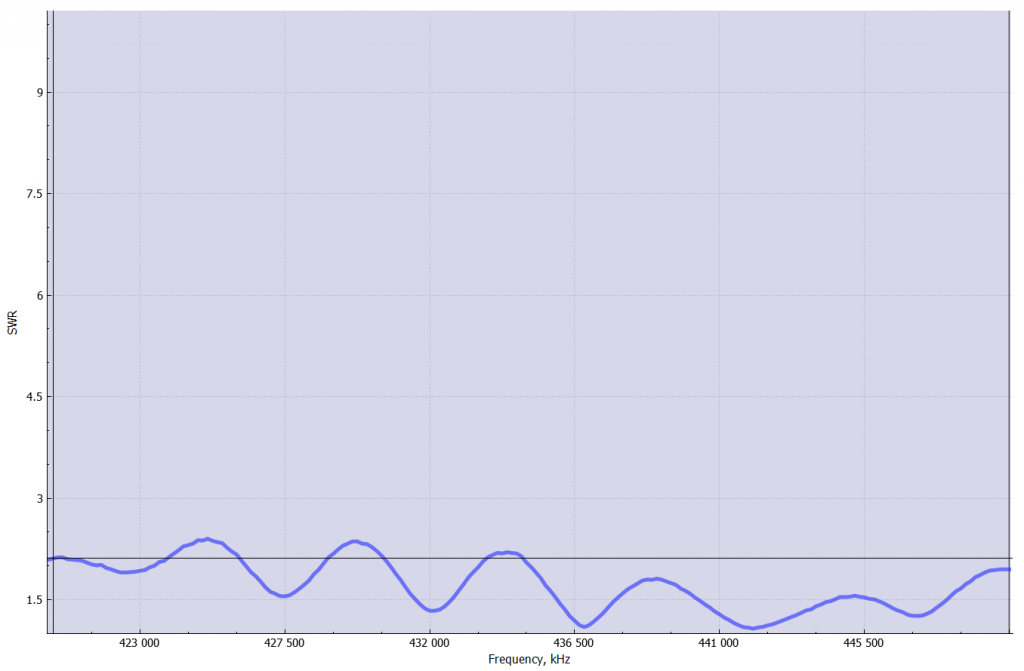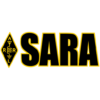Fall 2019 Club Build Project
70cm (Mono-Band) Coax Collinear Array Antenna
Note: Registration for this event is now closed.
The idea for this antenna came about after some investigation in to what type of antenna repeater sites use for their UHF antennas. As it turns out, many of the sites use commercial versions of a type of antenna know as a Collinear Array. These antennas have properties that make them the antenna of choice for many repeater owners.
The thought then was, could you build an inexpensive version of a Collinear Array Antenna and take advantage of the performance. After some additional searching we found plans to build a version of this antenna know as a “Coaxial Collinear Array”, utilizing Coax Cable.
The “Coax Collinear Array” Antenna is built by assembling multiple ½ wavelength sections of coax end-to-end, soldering the “tip” to the “braid/shield” of each successive section. A ¼ wave section of wire or “stinger” is added at the top, and a ¼ wave section of copper tubing is added to the feed point at the bottom.

We will be using RG8X coax cable for the build using the following formula:
½ wavelength of coax = 300 / F / 2 * V
Where F = Frequency in Megahertz
V = Velocity factory of Coax
300 / 444 / 2 * .82 = .2770 meters or 277 millimeters
Once the assembly, soldering and connector mounting are complete, we will perform a quick test to confirm that each antenna is operating as designed. We have built test models and below is a representative sweep showing SWR well under 2:1 in the area of the band were most repeaters operate.

From there we can hang the antenna inside a PVC or Fiberglass Raydome (both optional) for final use.
The cost for the build is about $12 for the antenna (coax sections, copper tubing and PL259 connector)
Add about $2 for a 10’ section of ½” PVC pipe, or about $10 for an 8’ section of 1” Fiberglass pipe.
All other materials such as solder and tools will be available for those participating. The build will be hosted at the W8TB QTH (Inside and warm) at a date to be determined.
